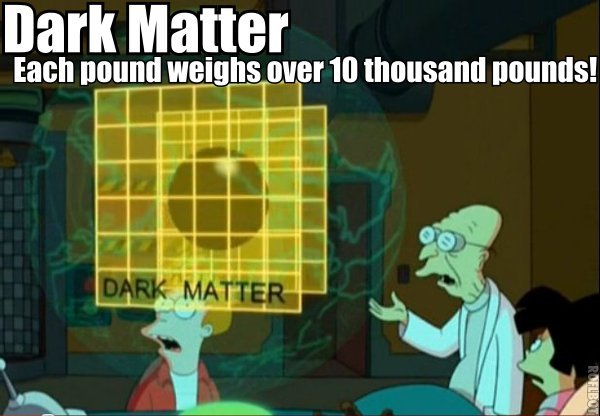Ryoga
King
- Joined
- Oct 12, 2010
- Messages
- 993
Correct! Or.... smaller maps could mean a smaller selection of the planet's surface?! Hense, a huge map is the entire surface. But a standard map could be Continent size. I will let the real mathematicians do their magic, to find the real surface area of each map size type.
That doesn't work for maps that wrap horizontally. it can't be just a section of the world if you can go back to the starting point by going always east or west.
Anyway why not? Clearly all these maps aren't all places from planet Earth, the smaller ones are just... very tiny planets with... uh... inexplicably high gravity...
Going further with the math, the distance between parallel sides of the hexagons is about 107.5 km (which means pre-bronze age archers can fire at targets more than 200 km away... just... wow!)
for duel maps (24 squares) that would be a planet with a circumference of merely 2,580 km (for reference earth's circumference is 40,075 km)
for tiny maps (56 squares) that would be 6,020 km
for small maps (66 squares) 7,095 km
for standard maps (80 squares) 8,600 km
for large maps (104 squares) 11,180 km
for huge maps (128 squares) 13,760 km
So to conclude, the largest map available is actually very little compared to the land of our real planet.
To be of a comparable size the map should be 372 squares wide.



 I don't really expect my Huge Earth Map to be as detailed as real Earth, with 20 huge cities in Japan alone
I don't really expect my Huge Earth Map to be as detailed as real Earth, with 20 huge cities in Japan alone 

